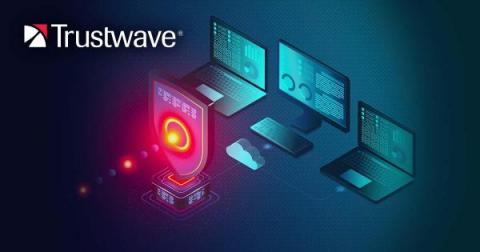On-Premise Email Security is Here to Stay
The days of massive server rooms and having every employee all under one roof may seem like they are gone forever, but for a great many organizations the on-premise work environment is still here and unlikely to be pushed out of service any time soon. Let’s start off with a quick reminder on the importance of security an email system. Email remains the number one attack vector favored by threat actors because it involves humans, who can be a weak link in any security system.









